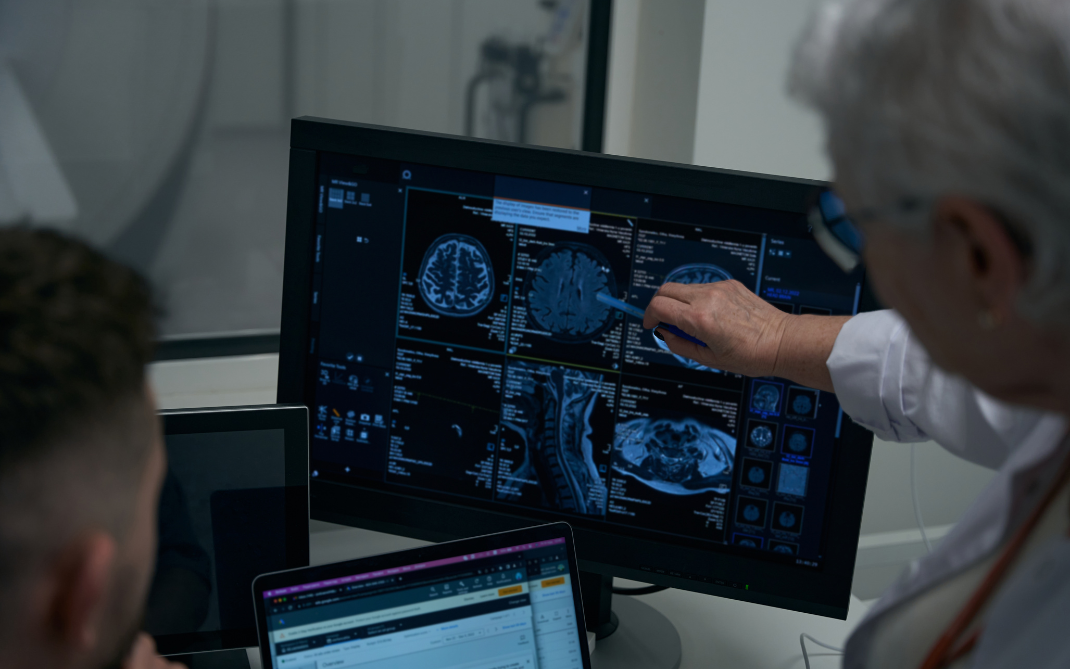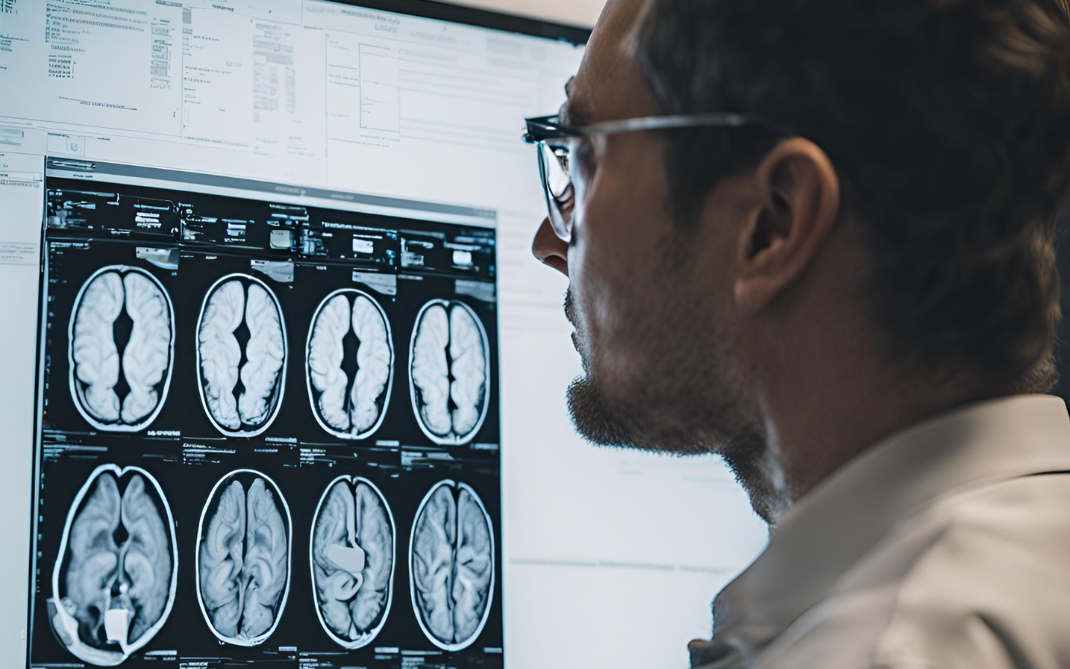The Expert in Diagnostic Neuroimaging is the professional expert in neuroscience who knows how to apply neuroimaging techniques to detect possible disorders or diseases. It is not necessary for him/her to be a technological expert, although he/she will need to know how it works in order to be able to use neuroimaging for the diagnosis of diseases. Finally, he or she will need to know very well how the nervous system works from an anatomical and physiological point of view, as well as how alterations in the neurological system are related to other diseases or disorders. Today, artificial intelligence can be a powerful ally for these professionals, helping them in the diagnosis of diseases (e.g. tumors), being able to quickly rule out healthy brains, or pointing out diffuse areas of the brain so that the medical professional can quickly focus on them, saving time and reducing errors.

Neuroimaging is revolutionizing the field of medicine. A study by Future Market Insights forecasts that the market for diagnosing diseases using neuroimaging techniques will reach a market size of $21 billion by 2032, representing annual growth of 6%. The number of people with diseases affecting the nervous system is currently estimated to be close to one billion and is expected to continue to grow in the future, due to the aging population. Therefore, this professional will play a very important role in the future of medicine, since he/she is in charge of applying this technology to detect disorders in patients.
Neuroimaging is known as the use of various techniques that consist of taking images of the structure or functioning of our nervous system. In reality, it is not a single technology, but rather a concept that encompasses different methods and techniques. Some of these techniques have been used for many years, such as magnetic resonance imaging or CT. But thanks to the development of technology and information technology, more and more advanced techniques and procedures are being discovered that allow experts to obtain much more complete information on both the structure and functioning of our nervous system. One of these new procedures is tractography, which uses magnetic resonance imaging techniques to obtain a 3-dimensional reconstruction of the neuronal connections in our brain.
If you are thinking about what to study, do not hesitate and discover with Singularity Experts, which high school, vocational training, university degree and job with high employability best fits your skills and interests.
